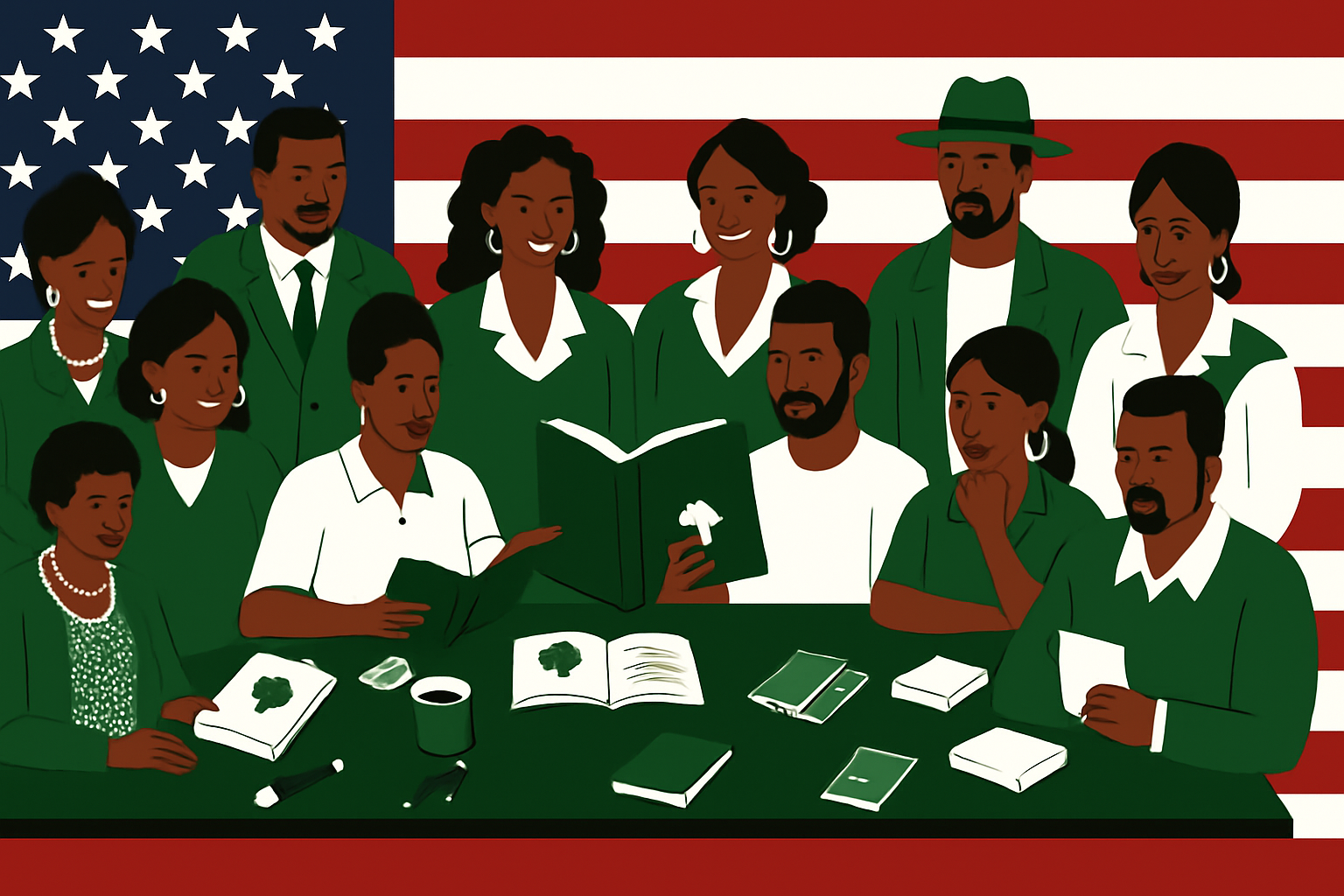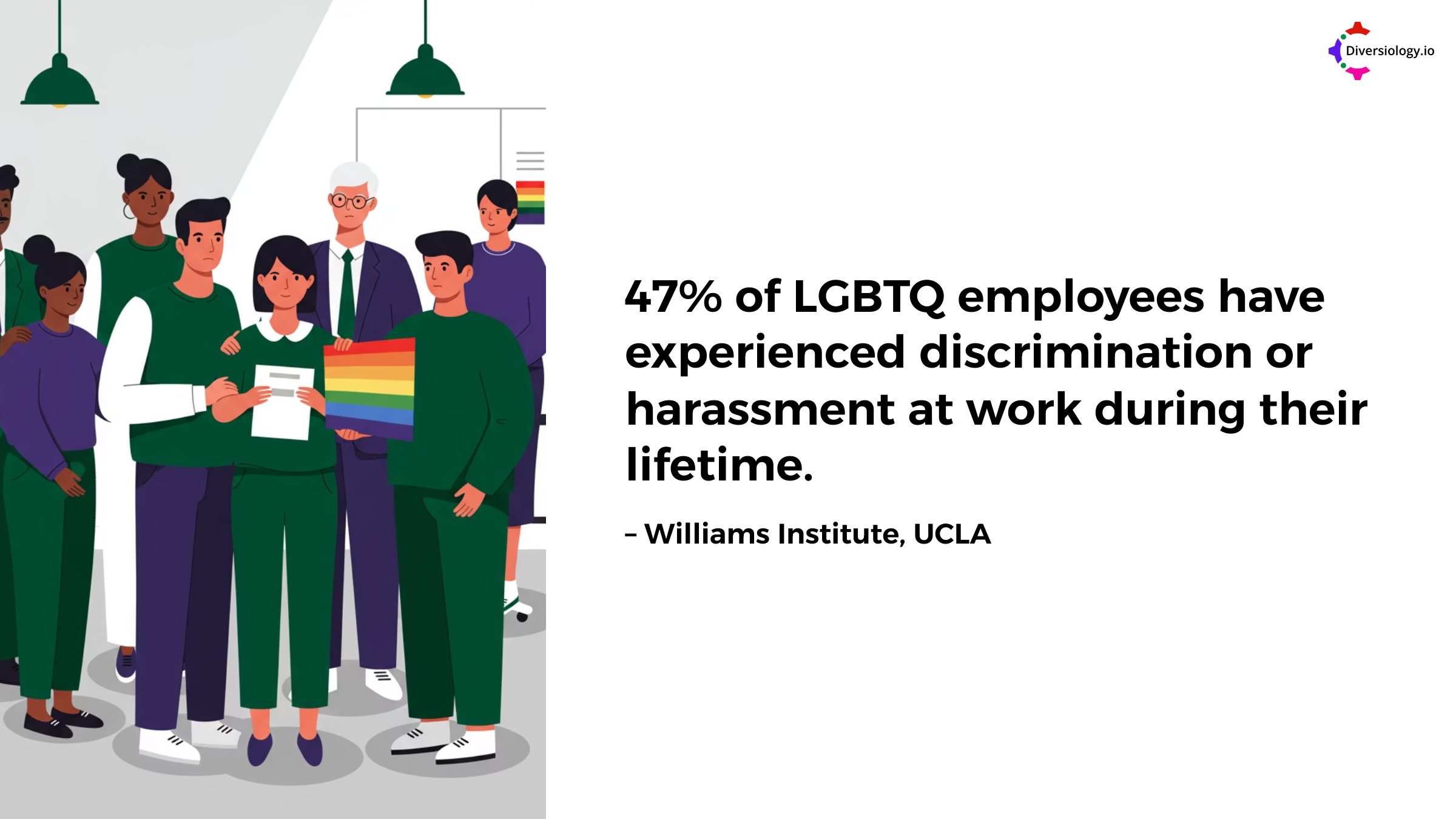🌈The Rich Tapestry of Holi and Inclusive Engagement
Holi, known as the Festival of Colors, is a vibrant celebration heralding the arrival of spring and the triumph of good over evil. Its origins are steeped in ancient Hindu mythology, with the most popular tale being that of Prince Prahlad, who triumphed over the evil intentions of his aunt, Holika, with the help of Lord Vishnu. This historical context sets the stage for a celebration that is not only about joy and color but also about inclusivity, unity, and the triumph of good. Embracing Holi in an organizational context with inclusive engagement allows everyone to appreciate the beauty of diversity and learn from each other’s traditions.
🎨 Dimensions of Diversity Supported by Holi
Holi is a festival that naturally embodies various dimensions of diversity, including cultural, religious, and social inclusivity. It encourages participants from all walks of life to come together, share happiness, and appreciate the richness of diverse cultures. By participating in Holi, individuals can learn about Hindu traditions, Indian culture, and the importance of community and forgiveness. This celebration supports the dimension of diversity by promoting an understanding and appreciation of cultural differences, making it an ideal event for fostering inclusive engagement in any organization.
🚫 Potential Offenses and Minimization Strategies
While Holi is a festival of joy, not all aspects of its celebration are universally appreciated or appropriate for the workplace. For instance, the traditional throwing of colored powders might not be suitable for all settings, especially considering potential health concerns or personal comfort levels.
- Respect for Personal Space: To minimize discomfort, organizations can opt for symbolic celebrations that don’t involve physical contact or the throwing of colors.
- Cultural Sensitivity: Ensure that the event is educational and respectful, highlighting the history and cultural significance of Holi without appropriating or trivializing its traditions.
- Inclusivity in Participation: Make participation optional and provide alternatives for engagement, such as cultural workshops or talks, to ensure that everyone feels comfortable and included.
🌍 Inclusive Engagement: Celebrating Holi as an Inclusive Colleague
Celebrating Holi in the workplace with an emphasis on inclusive engagement means ensuring that everyone feels respected, included, and part of the celebration. Here are three ways to achieve this:
- Educational Workshops: Host sessions that educate staff about the significance of Holi, focusing on its cultural, historical, and social values. This promotes understanding and appreciation.
- Inclusive Activities: Organize inclusive activities that allow everyone to participate in a manner that respects their boundaries and comfort levels. For example, create art projects inspired by the colors of Holi or share traditional foods in a communal setting.
- Dialogue and Reflection: Encourage open dialogue about diversity and inclusion, using Holi as a springboard to discuss broader topics related to cultural appreciation, mutual respect, and the importance of celebrating diversity within the organization.
Join the Diversiology community to read the full article and learn how to celebrate Holi with respect and inclusivity. Discover more, engage deeply, and learn continuously on our platform. Access resources and tools like our comprehensive diversity calendar and immerse yourself in a vibrant community of learners and leaders committed to making a difference – one story, one conversation, one resource at a time.








